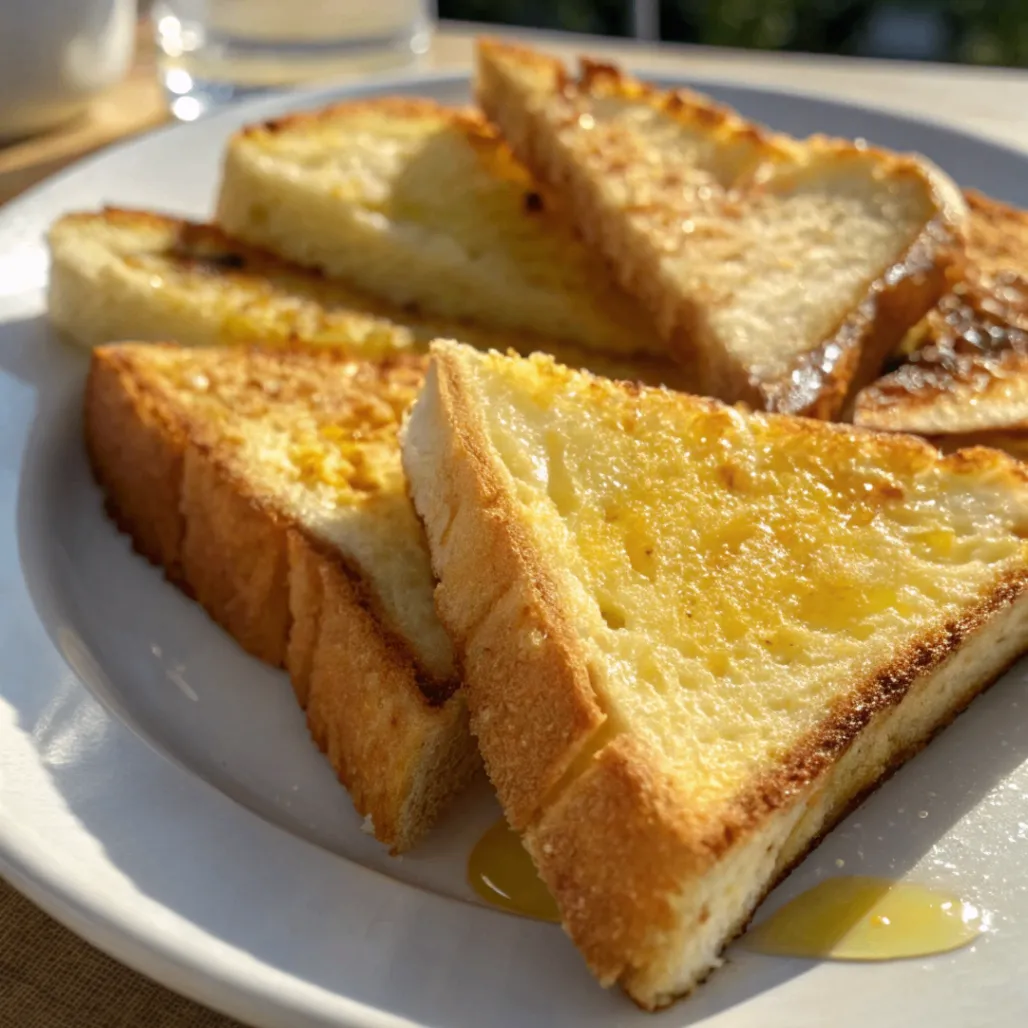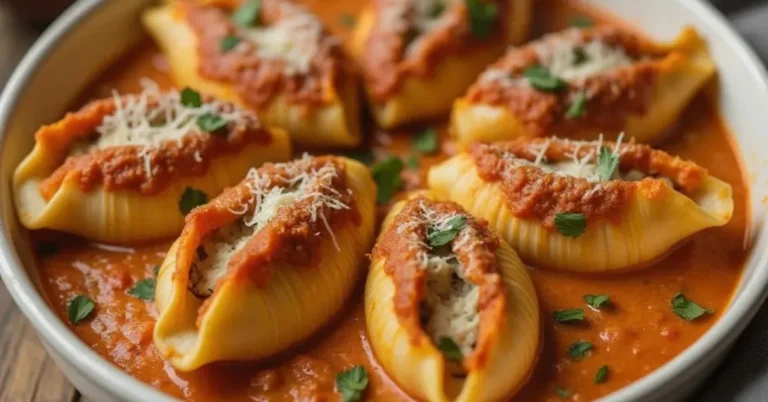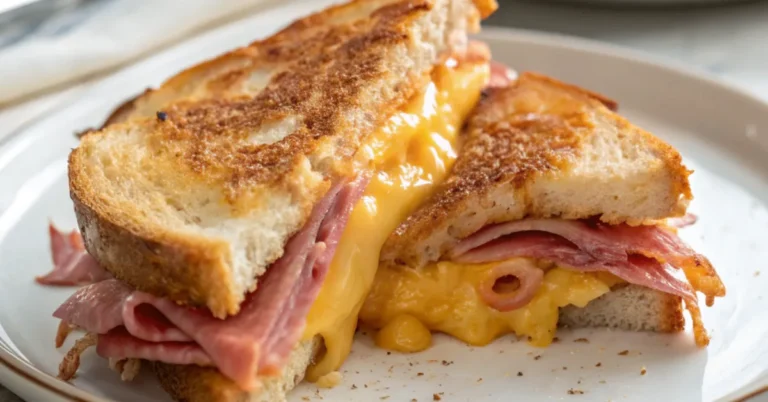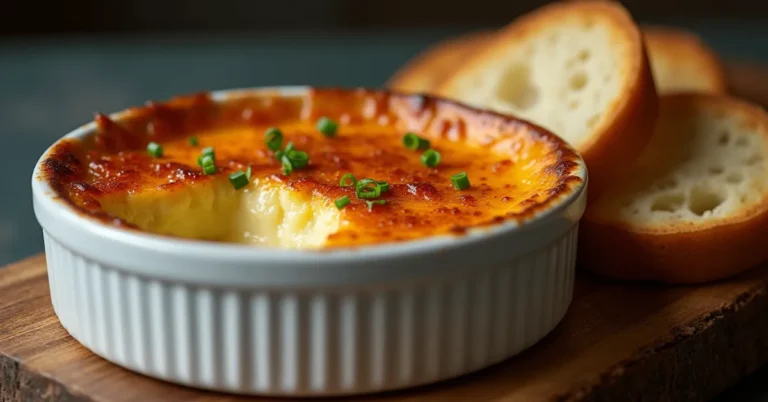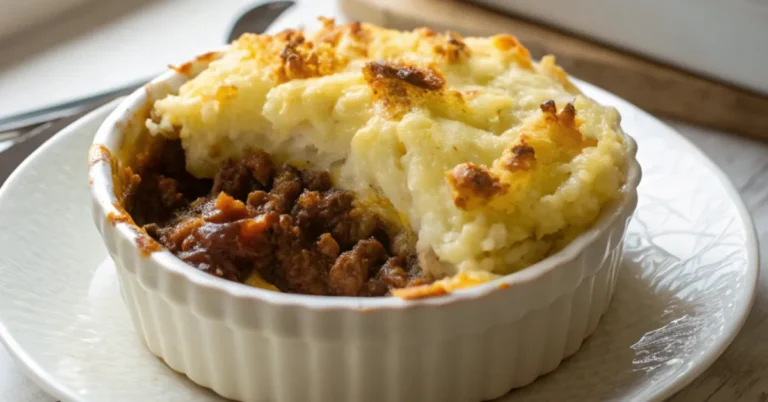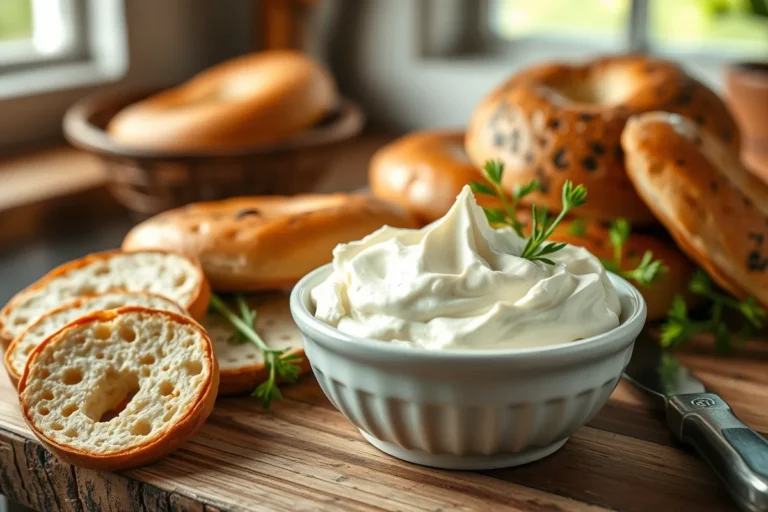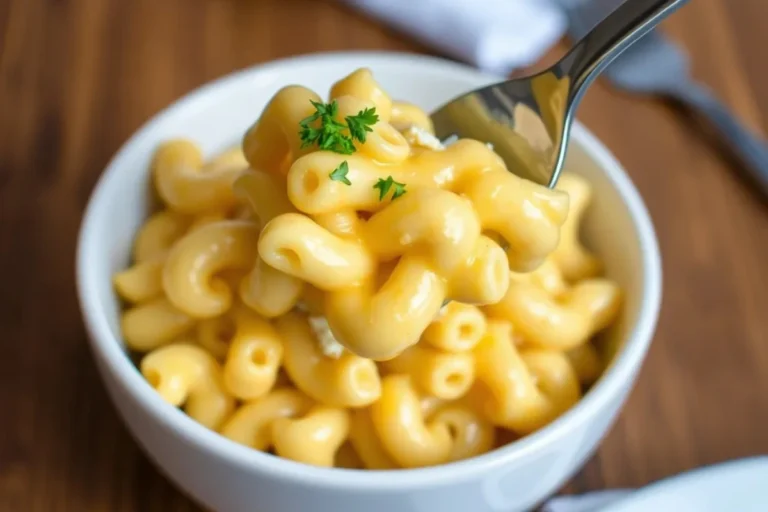Fried Bread Recipe for Perfect Golden Crisp
Introduction
There is a special kind of satisfaction in making fried bread that turns beautifully golden, crispy on the outside, and tender on the inside. It is the type of recipe that proves simple food can still be incredibly flavorful. Even if you have never tried making fried bread before, you will discover just how easy and versatile it is. With nothing more than bread, a hot skillet, and your preferred fat, you create a dish that feels comforting, indulgent, and timeless.
Many people across different cultures rely on fried bread as a quick breakfast or snack that does not require planning, expensive ingredients, or complex techniques. It is the perfect recipe for busy mornings, lazy afternoons, or moments when hunger strikes and you want something warm and satisfying without spending an hour in the kitchen.
In this complete guide, you will learn exactly how to achieve the perfect level of crispiness, what ingredients work best, the ideal cooking methods, and how to customize fried bread to match your personal taste. This recipe is straightforward, but with the right technique, it becomes exceptional. If you want to master the art of making fried bread, this detailed article will give you everything you need.
What Is This Recipe?
This recipe is a classic pan-fried version of fried bread, created to deliver a crisp surface and soft interior. It is made by frying slices of bread in oil, butter, or another fat until golden and flavorful. While some people bake or toast their bread, true fried bread requires the direct contact of the bread with hot fat. That is what creates the rich texture and deep color that makes the dish so enjoyable.
This fried bread recipe is ideal for breakfast, brunch, or as a side for savory dishes. It also works beautifully with sweet toppings. Whether paired with eggs, honey, jam, grilled vegetables, cheese, or garlic, fried bread adapts to whatever flavor direction you choose. It is a recipe that invites creativity while staying rooted in tradition.
Essential Ingredients
Large dots as you requested.
- Bread sliced
- Oil or butter
- Salt
- Optional garlic
- Optional herbs
- Optional jam, honey, or cheese
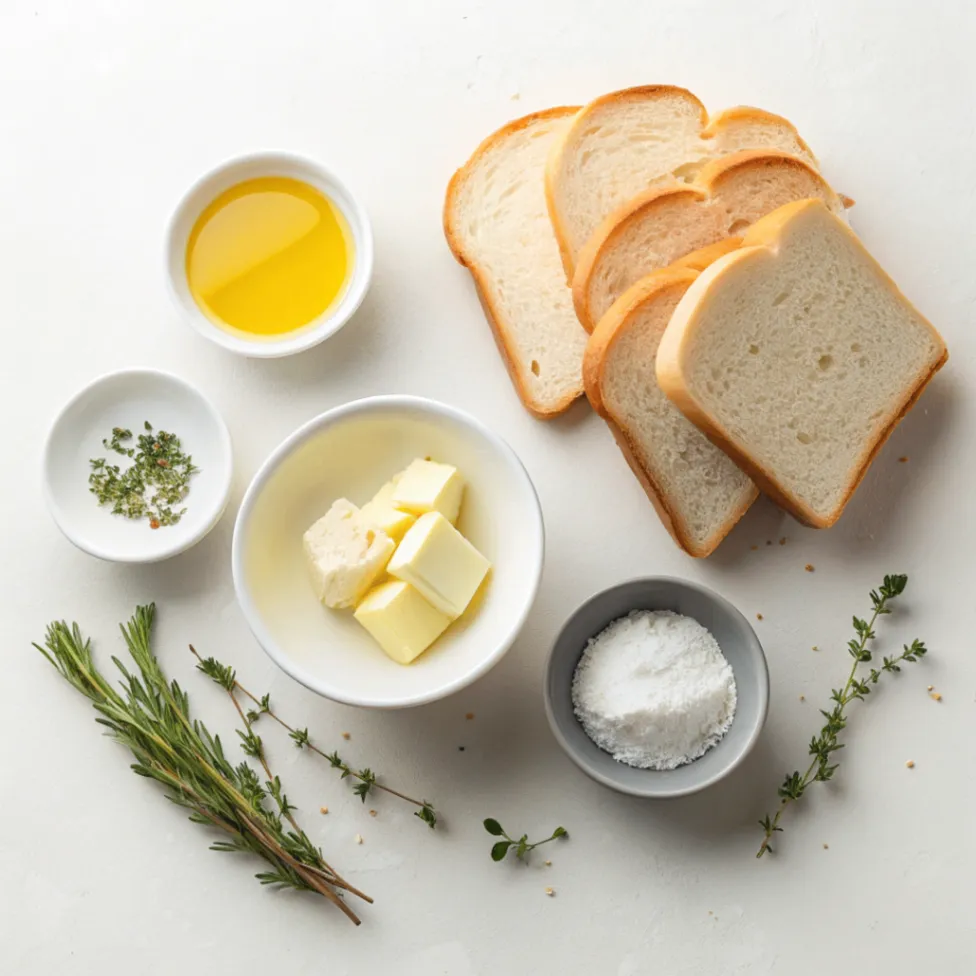
Each ingredient plays a simple role, but when combined in the right way, the result is delicious. Bread provides the structure, fat creates the crisp surface, and seasonings add flavor.
Alternative Ingredients
- Use olive oil for a deeper, rustic flavor
- Try sourdough or French bread for thicker, chewier slices
- Use ghee for extra crispiness
- Add cinnamon or sugar for a sweet version
- Add paprika or oregano for a savory twist
These alternatives let you shape your fried bread exactly the way you want it. The dish is endlessly customizable, which is one of the reasons it remains popular in so many different cuisines.
Prep Time, Cook Time, Total Time, Servings, Yield
Prep Time 5 minutes
Cook Time 6 minutes
Total Time 11 minutes
Servings 4
Yield 4 slices of fried bread
This recipe is designed to be fast and convenient without sacrificing quality.
Key Features
This fried bread recipe remains a favorite because it combines simplicity with flavor. Some of its key features include:
Easy preparation. You do not need advanced cooking skills.
Fast cooking. You can have fried bread ready in minutes.
Flexible flavors. Works with sweet or savory toppings.
Budget friendly. Uses inexpensive ingredients you already have at home.
Perfect texture. Crisp outer layer with a soft, warm center.
If you are looking for an efficient recipe that still feels indulgent, fried bread delivers every time.
Nutrition Facts
(Per Serving)
Calories 184
Fat 10 g
Carbohydrates 18 g
Protein 4 g
Fiber 1 g
Sugar 2 g
These values may vary depending on the type of bread and fat you use.
Directions
Step-by-Step Guide to Making Fried Bread
Making fried bread might seem simple at first glance, but the real magic comes from understanding how heat, fat, and timing work together. When done correctly, you get bread that is perfectly crisp on the outside and soft on the inside. The following expanded guide walks you through each stage with clarity so you can confidently produce flawless fried bread every time.
Step 1
Choose the right bread. The foundation of excellent fried bread begins with selecting slices that are sturdy enough to handle frying without falling apart. Day-old bread is ideal because it is slightly drier and absorbs fat without becoming soggy. If your bread is too fresh, let the slices sit uncovered for ten minutes so they firm up. Thick slices result in a soft center, while thinner slices produce full crispness.
Step 2
Heat your skillet properly. Before adding anything to the pan, allow it to warm over medium heat for at least one minute. A properly heated pan prevents the bread from absorbing too much oil too quickly. This step is essential for crisp texture. Using medium heat instead of high keeps the bread from burning before the inside warms.
Step 3
Add your chosen fat. Whether you prefer oil, butter, or ghee, spread a thin layer evenly to coat the bottom of the skillet. Let it heat until you see gentle shimmering. This indicates that the fat is hot enough to sear the bread instantly, giving it that signature golden exterior that defines great fried bread. Adding bread to cold fat will cause it to soak rather than fry.
Step 4
Place the bread slices in the skillet. Set them down gently, making sure each slice makes full contact with the hot surface. Lightly press with a spatula if needed. This direct contact helps the bread develop an evenly browned crust. You should hear a soft sizzle when the bread touches the pan, a sign that the frying process has started correctly.
Step 5
Cook until golden. This is where patience pays off. Avoid moving or flipping the bread too soon. Allow each side to fry for two to three minutes until the edges turn golden and crisp. Only flip once. Rushing this step prevents the crust from forming properly and may lead to uneven results.
Step 6
Season while hot. As soon as the fried bread leaves the skillet, sprinkle on your salt or preferred spices. The heat helps the seasoning cling to the surface, enriching the flavor.
Step 7
Serve immediately. Freshly cooked fried bread tastes best because the contrast between crisp exterior and soft interior is at its peak. Waiting too long causes steam to soften the crust, so enjoy it right away.
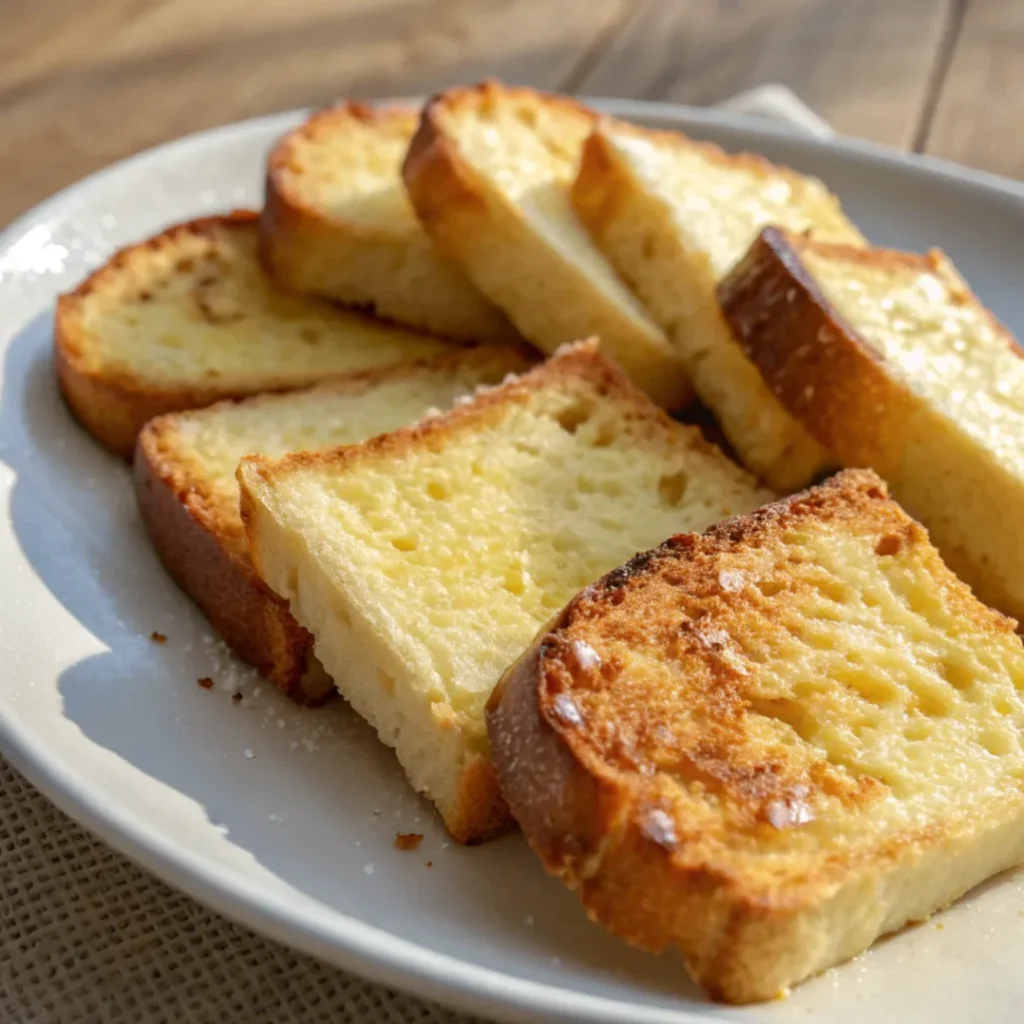
Pro Tips for a Perfect Fried Bread
Achieving perfect fried bread every time comes down to paying attention to small but important details. The first key tip is to start with slightly stale or day-old bread. The reduced moisture content allows the slices to absorb the fat evenly without turning soggy. Bread that is too fresh can soften quickly and lose structure during frying.
Another essential tip is controlling your heat. Medium heat is ideal because it gives the bread enough time to crisp without burning. High heat browns the outside too fast while leaving the inside undercooked. Low heat causes the bread to soak up the fat and lose its crisp texture. Keeping a steady medium temperature ensures the perfect balance.
Using the right amount of fat also matters. A thin, even layer is enough to fry the bread properly. Using too much fat makes the bread greasy, while too little prevents it from getting that signature golden surface. Rotate between butter, oil, and ghee to find your preferred flavor.
Do not overcrowd the pan. Each slice needs space so the hot air can circulate and fry the bread evenly. When the pan is crowded, steam builds up and prevents crisping.
Finally, serve fried bread immediately. Freshness is essential to preserve its perfect crunch.
Why You’ll Love This Fried Bread Recipe
You will love this recipe because it is simple, fast, reliable, and versatile. Fried bread works any time of day and pairs with almost anything in your kitchen. It feels nostalgic yet timeless, comforting yet adaptable. Whether you prepare it for breakfast, as a side dish, or as a snack, it never disappoints.
This recipe does not require you to be an experienced cook. Anyone can make delicious fried bread on the first try by following the steps in this guide. The taste is rich, the texture is satisfying, and the golden color makes it look just as good as it tastes.
What Makes This Fried Bread Recipe Unique?
What makes this version of fried bread stand out is the focus on technique. Instead of simply frying bread in a pan, this method uses temperature control, seasoning strategy, and bread selection to create a superior result.
It also offers a lot of flexibility, making it suitable for savory meals, sweet treats, and everything in between. You can customize toppings, spices, and fat choices to create endless versions of fried bread, all while keeping the foundational method the same.
Frequently Asked Questions (FAQs)
Can I use fresh bread to make fried bread?
Yes, but day-old bread is ideal because it holds its shape better and absorbs fat more evenly, creating better fried bread.
Which fat makes the crispiest fried bread?
Ghee gives the crispiest finish, while butter offers rich flavor. Oil produces a cleaner, lighter crisp.
Can I make fried bread without oil?
You need some type of fat to produce true fried bread, but you can use a minimal amount if you prefer a lighter version.
Why is my fried bread soggy?
Sogginess happens when the pan is not hot enough or when you use too much fat. Keep the heat steady and apply a thin layer of fat.
Can I store fried bread?
Fresh fried bread tastes best, but you can reheat it in a skillet to restore some crispiness.
You’ll Also Love
If you enjoy fried bread, you might also enjoy recipes that focus on simple techniques and big flavor such as:
Crispy garlic toast
Pan-fried flatbreads
Homemade breakfast toast
Classic skillet cornbread
Savory buttered rolls
These recipes offer similar textures or cooking styles that match the appeal of fried bread.
Conclusion
Fried bread remains a timeless dish that delivers satisfying flavor with very little effort. Its ability to transform everyday bread into something golden and delicious makes it one of the best comfort foods you can prepare at home. Whether you pair it with eggs, honey, cheese, or enjoy it plain, fried bread always brings warmth and enjoyment to the table.
Master this recipe once and you will return to it again and again. It is simple enough for beginners and flavorful enough for seasoned cooks who appreciate the beauty of uncomplicated food.
Don’t forget to share your creations with #BeesRecipes on threads . We can’t wait to see your delicious take on this Middle Eastern classic.
There are no reviews yet. Be the first one to write one.

